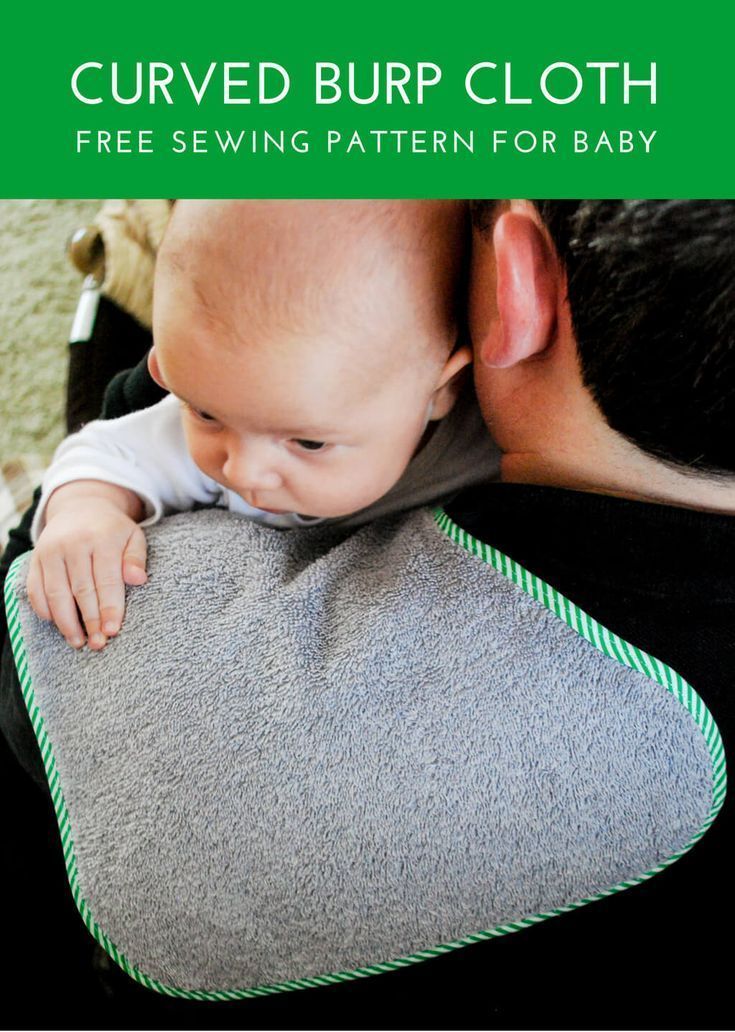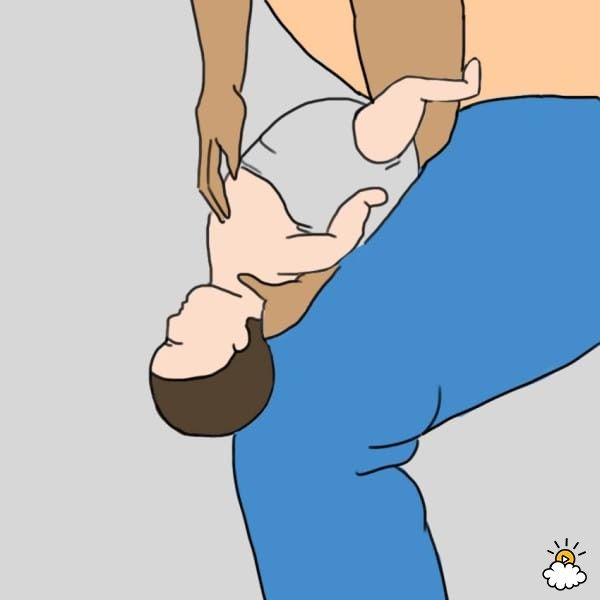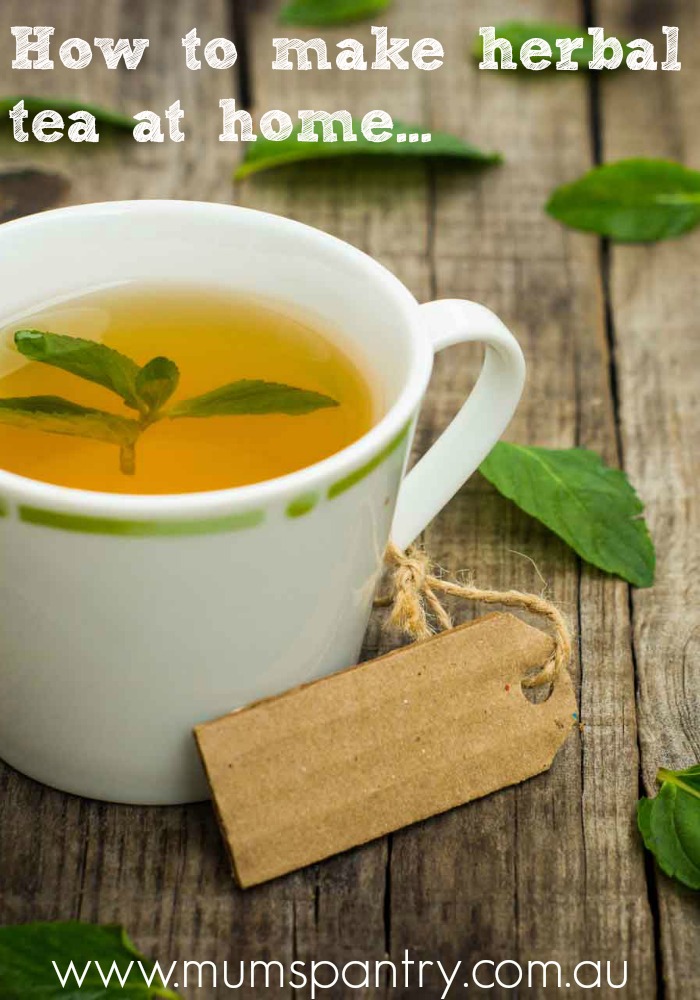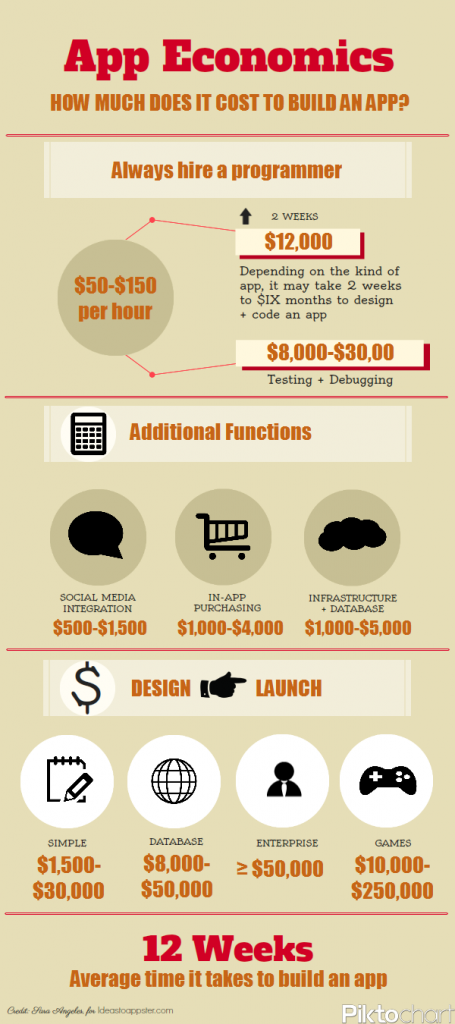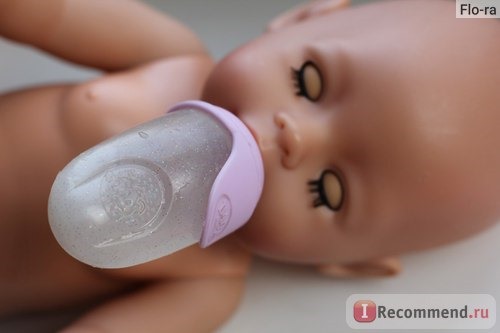How to make child burp
How to Burp a Baby: Top 10 Baby Burping Tips
When should you burp your baby? Do breastfed babies need burping? What if baby won’t burp? Here’s what the experts have to say.
When you have a colicky baby, you know what it’s like to spend hours pacing the room trying to soothe that tiny crying bundle draped over your shoulder. The pediatrician will tell you your child needs to be burped. But what’s a parent to do when the baby won’t burp?
How to Burp a Baby
Burping is simple—for the most part.
- Place the baby in an upright position, such as over your shoulder, or lying over your lap.
- Gently rub or pat their back.
- If baby doesn’t burp, wait a few minutes, then try again.
If your child is restless and all else fails, here are 13 more ways to get your baby to burp:
- Over-the-shoulder burp: Place baby with their upper belly against your collarbone. Apply slight pressure with your collarbone while patting their back, or use the heel of your hand to gently rub circles on their back.
- Over-the-lap burp: Sit the baby on your lap and, while placing the heel of your hand under their ribcage, apply slight pressure and pat their back or rub circles with your free hand.
- Over-the-arm burp: Sling baby over your arm and gently pat their back as you pace the room.
- Over-the-hand burp: Sit the baby on your lap and place the heel of your hand against their tummy, with their chin resting on the top of your hand. Lean baby forward and pat their back.
- Over-the-knee burp: Place your baby stomach-down over your knee and gently pat their back.
- Knee-to-chest burp: Bend the baby’s knees up against their chest and rub or pat their back.
- Grandmother’s burp: Sit the baby on your lap with the heel of one hand pressed into their stomach and your fingers on either side of their chin to support the baby’s head.
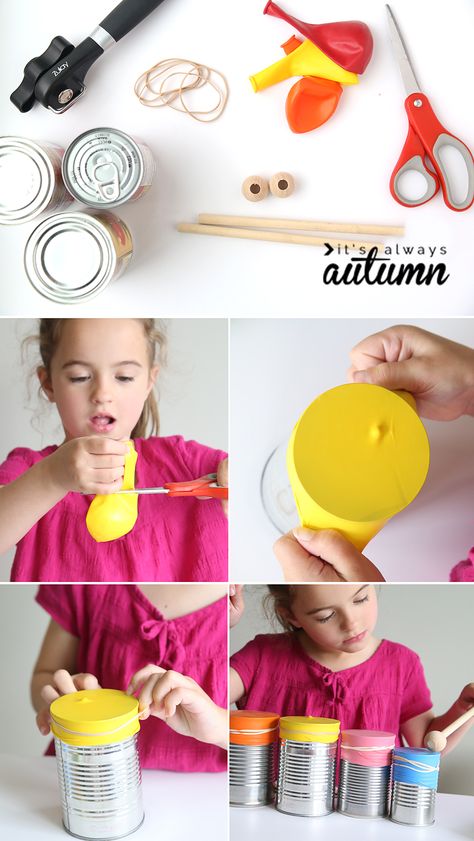 Run your thumb and forefinger up the baby’s spine.
Run your thumb and forefinger up the baby’s spine. - The ‘old-school’ burp: Hold the baby in your lap and bend them slightly forward at the waist. As you pat or rub your baby’s back, slowly and gently rotate their body back and forth from the waist, much like if the baby were doing a pre-aerobic warm-up exercise. Do this in each direction, front, back, and sides.
- Dance out the burp: Hold baby securely between your two hands, in a sitting position on your knee, rock the top half of they baby’s body gently left to right, and back, in a rhythmic repetitive motion. Gently bounce your knee as you do so.
- Bounce out the burp: This burping method works best using an exercise ball. Hold your baby close to your chest, with one hand on their rear and the other supporting the baby’s neck and head. Then securely sit on your exercise ball and gently bounce up and down.
- Massage out the burp: Lay the baby stomach-down with their head tilted to one side on a slight incline.
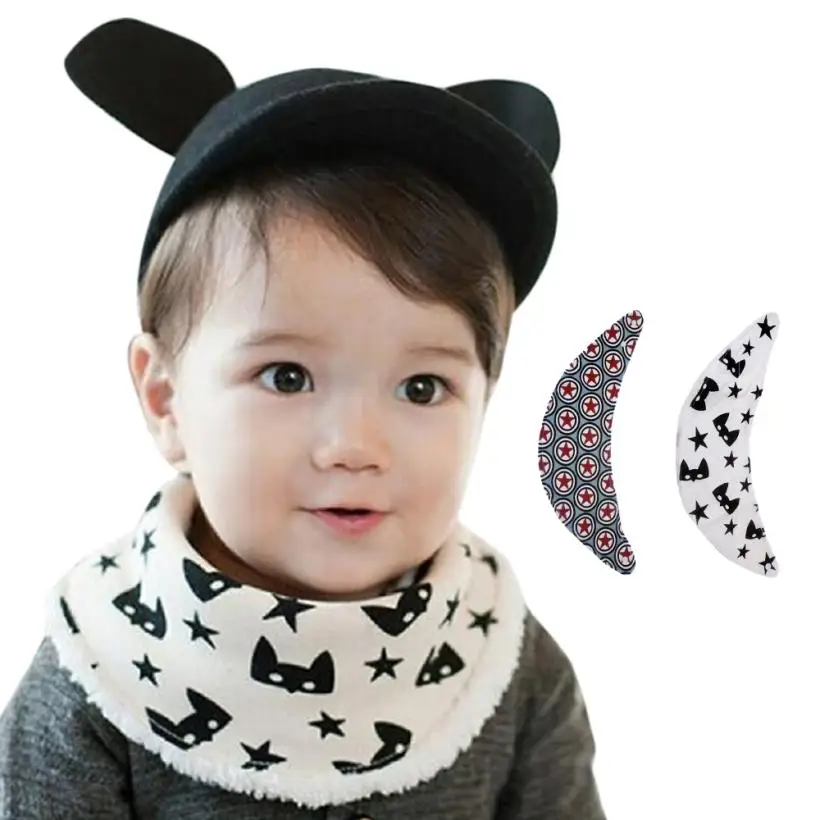 Place gentle pressure on baby’s spine and gently slide one hand up your baby’s back until you reach the shoulder blades. Place your other hand at the base of your baby’s spine as you massage.
Place gentle pressure on baby’s spine and gently slide one hand up your baby’s back until you reach the shoulder blades. Place your other hand at the base of your baby’s spine as you massage. - Bicycling: Gently cycle baby’s legs toward their chest, like pedaling a bicycle, while they lie on their back.
Sling burping: Place baby upright against your chest and wear him or her in a sling until the air comes up. You can do your errands or walk around at the same time—the rhythmic bouncing may help the gas escape.
What to Do When Baby Won’t Burp
What do you do if you’ve tried all the positions above and your baby is still uncomfortable but won’t burp? It may be time to look into changing some of the possible causes of your baby’s discomfort to see if that might help.
- Mom’s diet: For those mom’s that breastfeed, your diet may be the offender. Try keeping a food diary to see what you eat when your baby is most uncomfortable, then try eliminating that food from your diet and see if there is a difference.
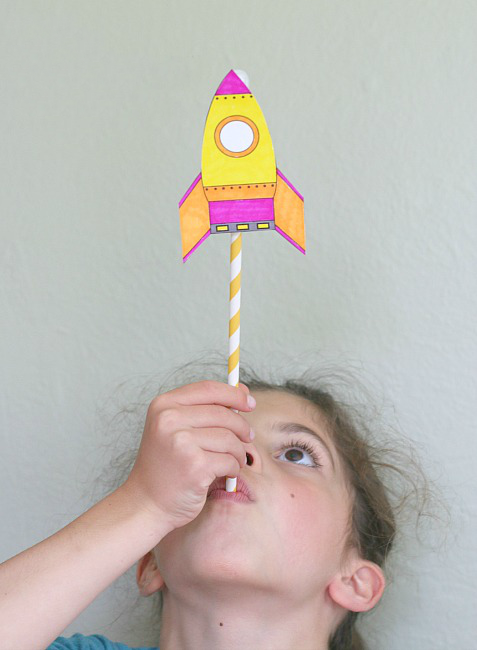 You can also try eliminating dairy, such as milk, cheese, and ice cream, to see if that helps your baby at all.
You can also try eliminating dairy, such as milk, cheese, and ice cream, to see if that helps your baby at all. - Formula: Mixing powdered formula into water is often done by shaking, which incorporates tiny air bubbles into the mix. Try swirling the formula into the water to minimize air bubbles or letting the formula rest after shaking, which releases air bubbles. You could also try using pre-mixed formula—just make sure to consult with your pediatrician if you are thinking about changing formula.
- Nipples: Nipple options span all baby-appropriate ages (preemie, newborn, 3-6 months, 6+ months, etc.). A nipple too big for a baby can cause them to swallow too quickly, letting air in as they try to keep up with the large flow. Choose the right size for your baby for the most comfortable feeding.
- Bottles: Some baby bottles are shaped to harbor as little air as possible.
 Others have disposable liners, vents, or straw-like systems that keep bubbles from getting into the baby’s system as they drink.
Others have disposable liners, vents, or straw-like systems that keep bubbles from getting into the baby’s system as they drink. - Over-the-counter medicine: Simethicone gas drops such as Mylicon or Little Tummys gas relief drops are some possible options to try for a baby suffering from gas, however a study has shown gas drops to be no more effective than a sweet-flavored placebo.
- Gripe water: This remedy often includes a combination of stomach-calming herbs such as chamomile, dill, ginger, or peppermint. Some versions also contain sodium bicarbonate. Make sure to choose an alcohol- and sugar-free version, and to be careful with dosing if it contains sodium bicarbonate.
Get free updates on baby’s first year! – Free Updates on First Year [In-article]
Sign me up!
Why Do Babies Burp?
The best analogy for burping is to compare it to a can of soda with carbon dioxide gas trapped at the bottom. To release the bubbles from the can, you have to tap the can until the “fizz” wafts through the opened slot.
To release the bubbles from the can, you have to tap the can until the “fizz” wafts through the opened slot.
There are three main ways babies get gas in their stomachs:
1. Swallowing air
This happens when your baby eats too fast: either the milk rushes through the bottle or the baby is hungry and swallows very fast. Babies also tend to swallow more air if a breastfeeding mama has a lot of milk. The baby will swallow quickly to handle the increased flow, gulping air as a result. If a fast letdown of a lot of milk could be the issue, you can try different breastfeeding positions to nurse more slowly or try providing smaller feedings and burping more frequently. Other ways to help baby swallow less air include:
- Sitting baby upright in your arms when breast or bottle feeding.
- Using a nipple that’s designed to obstruct excess air (more on that later).
- Holding the bottle in a way that lets less air into the nipple.
- Making sure the formula is warm enough for comfortable tasting.
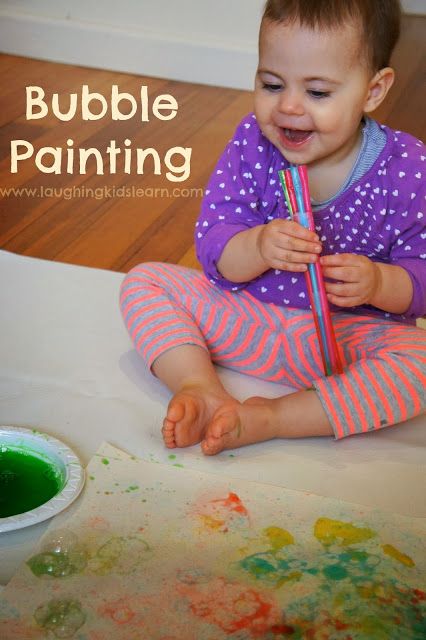
- Giving baby a warm bath.
- Giving baby a massage to help the gas move through their body.
2. Digestion
The food that mama eats is passed into her breast milk, so baby essentially “consumes” this same food. Bacteria in the baby’s intestine turns some food into gas, which then passes out through your baby’s mouth or rear end. Foods that usually cause gas in adults will also cause gas in babies. Culprits include broccoli, cauliflower, cabbage, Brussels sprouts, and beans. Soda, sugar-free candies, and gum may also cause gas.
3. Allergic reactions or food intolerance
If you are breastfeeding, your baby may also have a sensitivity to some of the food you eat and feel belly pain as a result. The most common food reaction in babies is a dairy intolerance, particularly from ice cream, cheese, or yogurt that mom has eaten, says Dr. Shalini Forbis, a pediatrician and a Dr. Mom Squad blogger for Dayton Children’s Hospital in Ohio.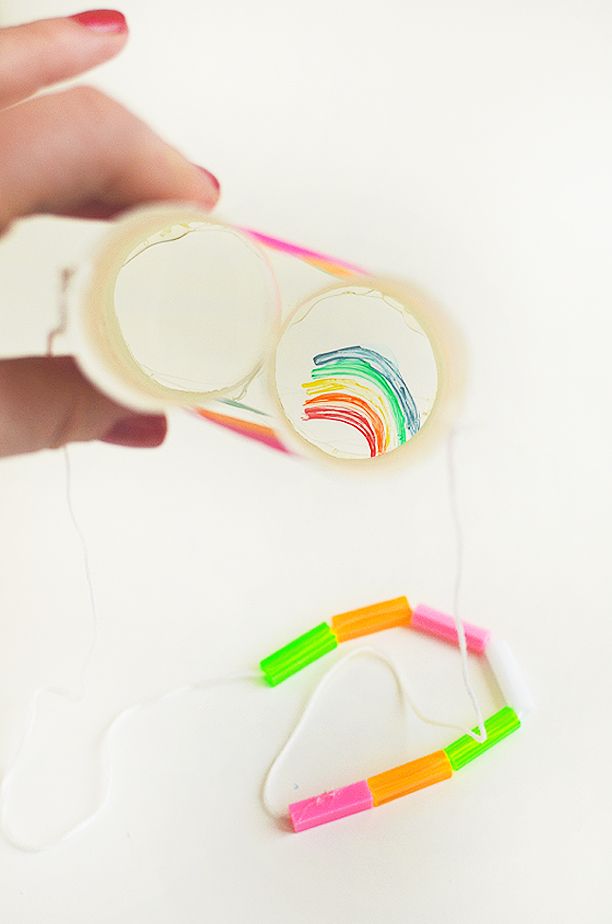 Babies who are formula fed may also experience a similar intolerance, which creates more gas.
Babies who are formula fed may also experience a similar intolerance, which creates more gas.
Why Do Babies Need to Be Burped?
Because babies have an underdeveloped sphincter in their esophagus, it stops them from burping up the air by themselves. If someone doesn’t do it for them, the gas travels into the intestines, causing belly discomfort. You should burp a baby during, or after, every feeding to release that air.
When Should You Burp a Baby?
The best time to burp a baby is every so often during a feeding, as well as post feeding, to release that gas. If you’re breastfeeding, burp your baby when you switch breasts during the feeding. If you’re bottle feeding, burp your baby after each ounce (30 mL) or two (60 mL) of fluid. Whether breast or bottle feeding, be sure to burp your baby when he’s finished eating. If baby has problems with gas, is colicky, or spits up, you may want to burp them even more frequently.
Do You Burp Babies After Breastfeeding?
That said, not all babies need to be burped. Though babies with reflux or colic may need regular burping, others have no issues with gas and can fall asleep at the breast or bottle with ease. According to the American Academy of Pediatrics, breastfed babies tend to need less burping because they take in less air than bottle feeders. A 2015 study published in Child: Care, Health, and Development, explains that burping may actually not be needed in babies and could potentially cause more spit up.
Though babies with reflux or colic may need regular burping, others have no issues with gas and can fall asleep at the breast or bottle with ease. According to the American Academy of Pediatrics, breastfed babies tend to need less burping because they take in less air than bottle feeders. A 2015 study published in Child: Care, Health, and Development, explains that burping may actually not be needed in babies and could potentially cause more spit up.
What Happens If You Don’t Burp a Baby?
So your baby fell asleep before you could give her a good pat on the back? Good news: Burping a baby can help relieve excess gas, but not all babies need to be burped. In general, breastfed babies tend to swallow less air and, therefore, may not need to be burped after every feeding. If your baby sleeps comfortably without burping after nursing, consider yourself lucky! If your baby is extra fussy or squirmy after feedings, she may have excess gas and could benefit from being burped.
When Do You Stop Burping a Baby?
After two months, your baby is more likely to burp readily on their own. Babies around four to six months old have more robust neck and stomach muscles which stops them from swallowing as much air. That said, if baby is fussy and gassy, continue burping and using other gas-relief options, or see a pediatrician.
How to Burp a Sleeping Baby: Step-by-Step Guide
Some babies are gassier than others, but most babies will need to be burped at some point. Babies need to burp a lot more often than older kids and adults. They drink all of their calories, which means they can gulp a lot of air.
Burping a baby can be important day and night. Sometimes babies fall asleep while eating and you may need to find a way to burp them while they’re still asleep. It’s remarkable how much a newborn can sleep through.
Even if your baby falls asleep, try burping them for a few minutes before placing them back down to sleep. Otherwise, they make wake up in pain with trapped gas.
Otherwise, they make wake up in pain with trapped gas.
Not all babies burp, though, no matter if it’s on their own or with your help. If your baby is one that needs to be burped, read on for ways to do so even when they’re asleep.
It’s common for babies to fall asleep while eating, whether nursing or bottle-feeding. As their tummy fills and they start soothing sucking motions, they often become happy and relaxed and tend to drift off.
This is especially likely to happen at night when their sleep drive is strong. But even if your little one looks content and totally asleep, for some babies it’s important you try to get a burp out of them before lying them back down.
Burping a sleeping baby is basically the same as burping a baby who’s awake. You might move slower to help them stay asleep. Some burping positions are a bit easier to maneuver with a sleeping baby.
For example, many people sit a baby upright on their knee while supporting the baby’s head by cradling their chin.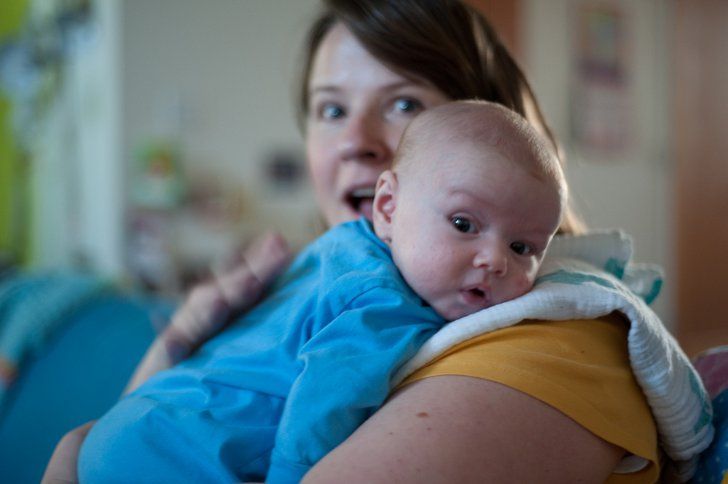 This position uses gravity and the baby’s own weight to get air up and out. However, this position is more likely to wake a baby, so you might not want to try it if your aim is to keep the baby asleep.
This position uses gravity and the baby’s own weight to get air up and out. However, this position is more likely to wake a baby, so you might not want to try it if your aim is to keep the baby asleep.
To burp a baby, they should be in a slightly upright position so you can put pressure on their tummy. If your baby doesn’t poop right after eating, you may want to change their diaper before feeding them at night so you don’t have to wake them up if they fall back to sleep while eating.
Here are some positions for burping a sleeping baby:
Burp between changing sides, or mid-bottle
A sleepy baby may enjoy their feeding so much that they overeat and don’t realize they need a pause to burp. Help your baby have a gentler burp and avoid any major gas pain by slowing down the feed.
Burp your baby between switching sides at the breast or before they finish their bottle. This will also help your baby make room for more milk instead of burping and spitting up any of their food.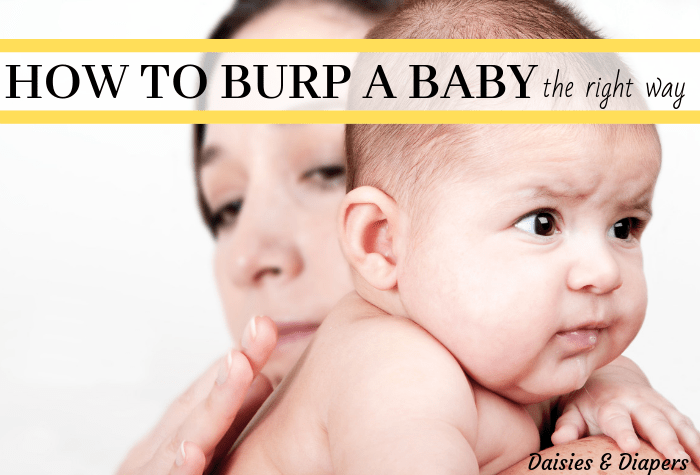
Hold on your shoulder
If you feed your baby in a semi-upright position, you can gently move them all the way upright and onto your shoulder. Babies can keep sleeping in this cozy position while the pressure from your shoulder pushes on their tummy to release gas. Keep a burp rag over your shoulder if your baby tends to spit up.
Hold lower on your chest
Similar to the previous position, you can lift your baby from semi-upright to fully upright and keep them on your chest or sternum area. This may be most comfortable if you’re on a couch. Babies like to curl up with their legs in a frog position (a bonus move to release more gas from their bottoms) and you can support their head and wait for the burp to come.
Rock on your arm (“sloth hold”)
After feeding, you can slowly turn them away from you at 45 degrees so their tummy rests on your forearm. Support their head in the crook of your elbow. Their legs may dangle on either side of your arm. This position puts pressure on their belly and you can gently pat their back until they burp.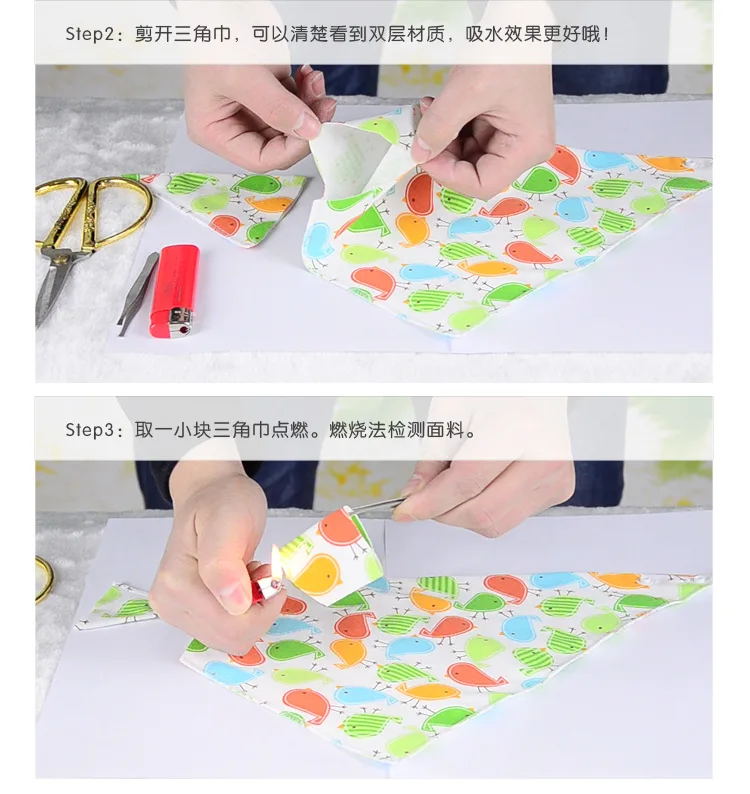 You can do this position while sitting or standing.
You can do this position while sitting or standing.
Lay on your knees
If you’re sitting in a chair, simply move your baby to a laying position on their tummy on your knees. You can move your legs side to side to rock them and gently pat or rub their back until a burp comes. A baby can remain asleep here as long as you want to stay sitting.
Burping is one of the many tasks parents have until their child grows into being more self-sufficient. Kids and adults can easily release their own gas, but many babies need help because they have so little control over how their bodies are positioned.
You’ll figure out pretty quickly if your baby is the type who can eat without burping or if they need to be burped every time. If your baby has a lot of gas or spit-up, you should talk to your doctor about reflux.
If you do have a colicky baby but you can’t seem to get them to burp, focus on any comfort measures that work and don’t worry too much about getting burps out. One study suggests that burping won’t help decrease colic.
One study suggests that burping won’t help decrease colic.
Whether your baby burps a lot during the day, it may be worth it to burp them after every nighttime feeding. Since you’re already up feeding the baby, make the most of your time by giving a solid attempt at burping. This may get everyone a long stretch of sleep after the feeding.
Gas drops and gripe water are readily available at pharmacies but ask your doctor first before using any of them. These supplements aren’t regulated for safety and may contain dangerous ingredients. If you have a very fussy and gassy baby — whether or not they spit up often — ask a doctor for coping skills. Most babies grow out of this after a few months.
Risk of choking on spit-up is very rare. It’s still important not to overfeed your baby and to try to burp them after every feeding if they seem to benefit from it.
Burping usually only takes a minute or two. Sometimes a burp will come up as soon as you move your baby upright, and sometimes you have to wait a little while and help things with a gentle pat or tummy pressure.
Another helpful strategy is to get your baby in the habit of falling asleep in their crib rather than while feeding. When you notice them getting sleepy at the breast or bottle, stop the feeding, burp them for a minute or so, and then put them down to sleep. The younger you start this, the easier it is to do.
If your baby is often stiff and uncomfortable, talk with their doctor about more help for relieving gas. Some babies with bad reflux may need to stay upright for 30 minutes after eating, day or night.
If your baby is asleep, try burping them for a minute before you lay them back down. Sometimes babies don’t need to burp as much at nighttime because they eat slower and don’t get as much air while feeding.
If they wake up crying, soothe them, check to see if they need a clean diaper, feed them again if it’s time, and try to burp them after that feeding.
Some people believe that bottle-fed babies are more likely to get gassy, but evidence of this is only anecdotal.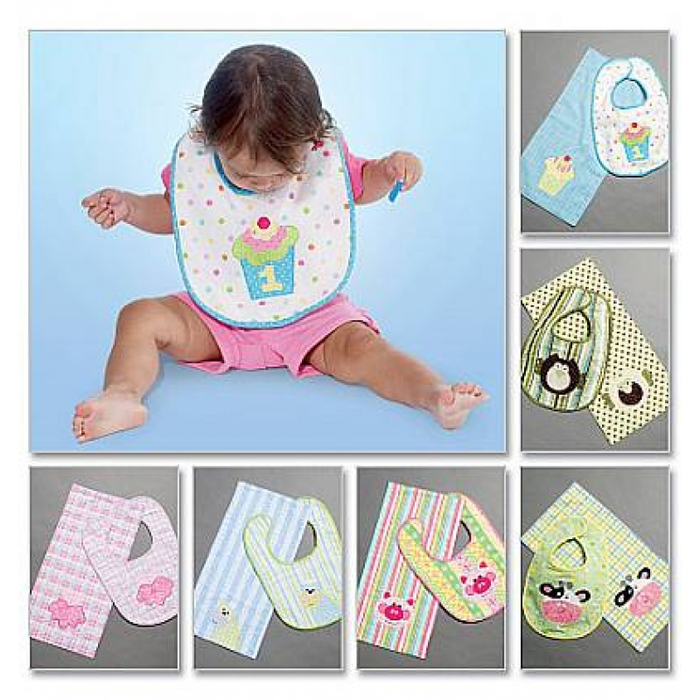 Bottles may expose babies to more air as they gulp and may make it easier to overfeed your baby. But every baby is different and even breastfed babies can be very gassy — sometimes because they’re sensitive to food in their mother’s diet.
Bottles may expose babies to more air as they gulp and may make it easier to overfeed your baby. But every baby is different and even breastfed babies can be very gassy — sometimes because they’re sensitive to food in their mother’s diet.
Though uncommon, a breastfeeding mother may have to experiment a lot before figuring out exactly what they ate to cause their baby’s upset stomach. There’s no solid research to tell a mother what exactly causes her baby’s excess gas. Also, many babies with gas aren’t bothered by it.
Burping is a basic but important way you can take care of your baby and keep them comfortable. Even if your baby is asleep, burping may be helpful to allow them to relieve gas so they don’t get uncomfortable or wake up too soon.
0005Statti Expert
Shvets Aunt Volodymyrivna
LIKAR-PEDITIRA Categories
Statti Expert
Expert Mamako ®
STATTI EXPEPT
Vagitnim
0-3 months
4-6 months
7-12 months
for 12 months
New on the cob
Colic
What are breast milk oligosaccharides and why are they sore
Healthy intestinal tract and immunity are not closely associated with breast milk oligosaccharides, especially 2'-FL. The stench may bring the presence of deacid bacteria into the body and improve the intestinal microflora, while helping the still weak immune system of the child. As it seems, Valeria Maksimivna Shchelkunova, a neonatologist from Spain, has revealed.
The stench may bring the presence of deacid bacteria into the body and improve the intestinal microflora, while helping the still weak immune system of the child. As it seems, Valeria Maksimivna Shchelkunova, a neonatologist from Spain, has revealed.
Shchelkunova Valeria
Maksimivna
06 Zhovtnya 2021
How to make a baby grow up early after the fall
The first two days of a baby's birth is a critical period for the development of lactation. How to improve the breast vigodovuvannya after the gentle steps and how to work, if not everything is going smoothly? Rozpovіdaєmo pronunciation with breasts in a canopy booth and at home, a bank of breast milk and a child's madness in the capacity of annunciation of a newly born child. An expert opinion on this topic with numerous viewers of the live broadcast of MAMAKO ® on Instagram shared neonatologist, consultant in breast care Viktoriya Anatolyivna Nekryach.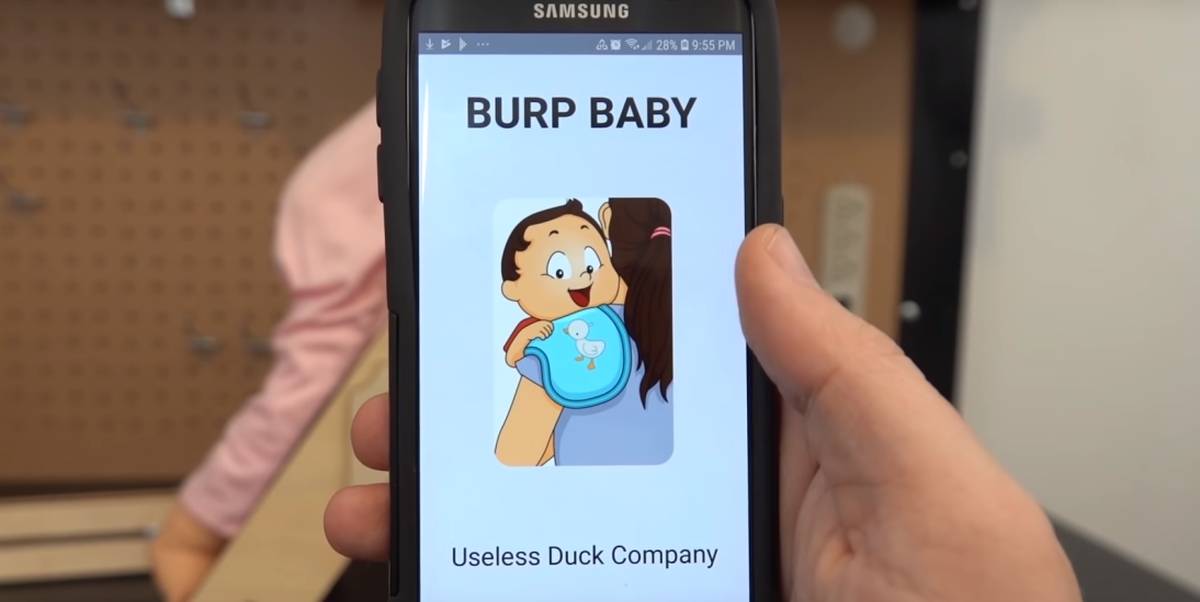
Nekryach Victoria
Anatolyivna
02 Serpnia 2021
Immunity of a child on breastfeeding
Breast milk has immune components, which are not found in one child's sum. And how can these charming speeches increase the immunity of a newly born child, or can a baby need to be hartted and additionally given to him vitamins, dietary supplements? And maybe, take vitamins and take mom, who is good? Vіdpovіdі іdіnієmosya vіdpovіdі dіznієmosya likar-neonatologia, consultant s thoracic care viktorії Anatolyїvni Nekryach.
Nekryach Victoria
Anatolyivna
23 April 2021
Until what age does a little crazy need to grow up?
How long does it take for a crazy child to grow up? Chi lose your sum for nothing? Chi is not a safe trival year for the little dances? Vіdpovіdі on qі nutrition lie down in the vіd specific situations. Let's look at them and sort them out, how to correctly complete the piece of work, how to quickly cut off a lot of sumishi and how to transfer the little one to the deep stil.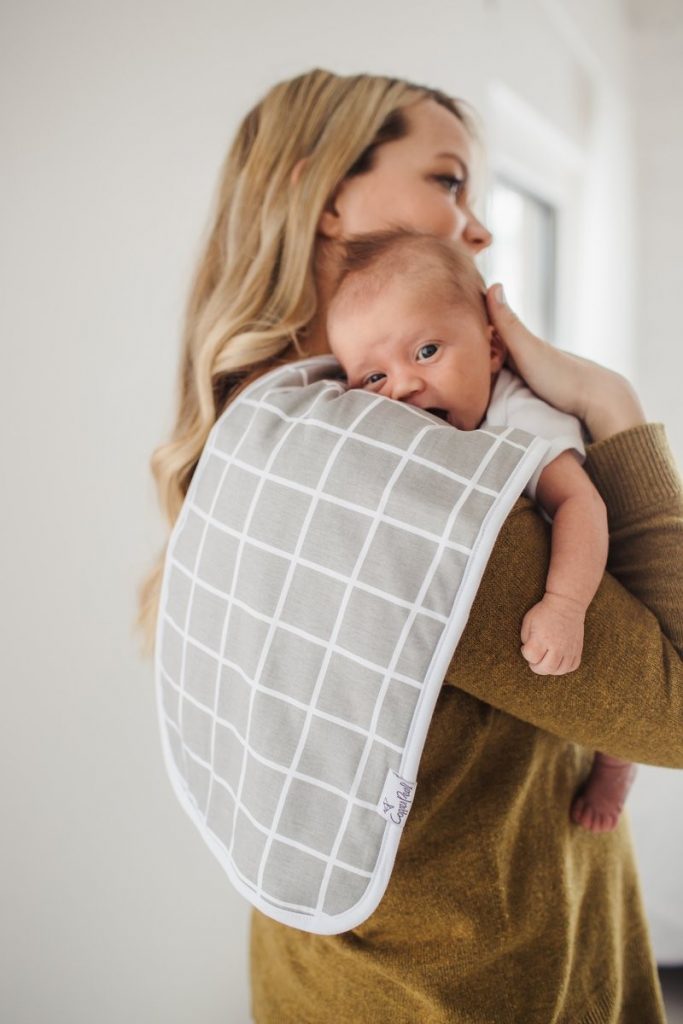 Our expert is a neonatologist, consultant in breastfeeding Viktoria Anatoliivna Nekryach.
Our expert is a neonatologist, consultant in breastfeeding Viktoria Anatoliivna Nekryach.
Nekryach Victoria
Anatolyivna
20 April 2021
Regime on piece brewing
Mode of eating a newborn on piece brewing transferring a schedule of milk sums, which need to be consumed regularly. How often you will eat a child, how much madness you give, how to eat madly with complementary foods and not disrupt the regimen, tell the doctor-pediatrist and child pulmonologist Katerina Oleksandrivna Yanovska.
Yanovska Katerina
Oleksandrivna
16 April 2021
Baby rice porridge for babies
Gluten-free baby porridge - the basis of complementary foods, they are not eaten with the first after breast milk and milk sum. The most popular cereals are rice and buckwheat. Rice is especially, and persh for everything that is good for etching. Like the bark of rice porridge on goat milk, like a rich taste of porridge on water, and like porridge is better to choose, homemade or bought in a store, known as a neonatologist, consultant for breastfeeding Viktoriya Anatolyivna Nekryach.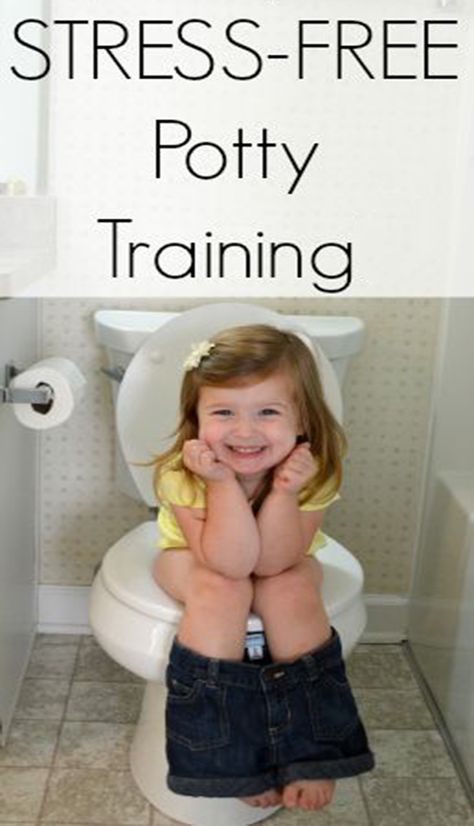
Nekryach Victoria
Anatolyivna
13 April 2021
Why is the child's piniste deformed and unsafe?
It is decided, if the pimples are not cleared - the norm, and if you go back to the pediatrician and have a medical analysis, to find out the reason for the appearance of the pini and take the likuvannya. The doctor-pediatrist and child pulmonologist Katerina Oleksandrivna Yanovska shared with us.
Yanovska Katerina
Oleksandrivna
19 Lutogo 2021
How to treat yourself with food allergies
If a child has a high level of development of allergy, or else the symptoms are already manifested, it seems that you are helpless in choosing a child's food. Chi so tse? How to treat a child with food allergies, as a product to include breastfeeding and birth control, as well as in the first feeding, to reduce the influx of allergens on the body, tell the doctor-pediatrician and child pulmonologist Katerina Oleksandrivna Yanovska.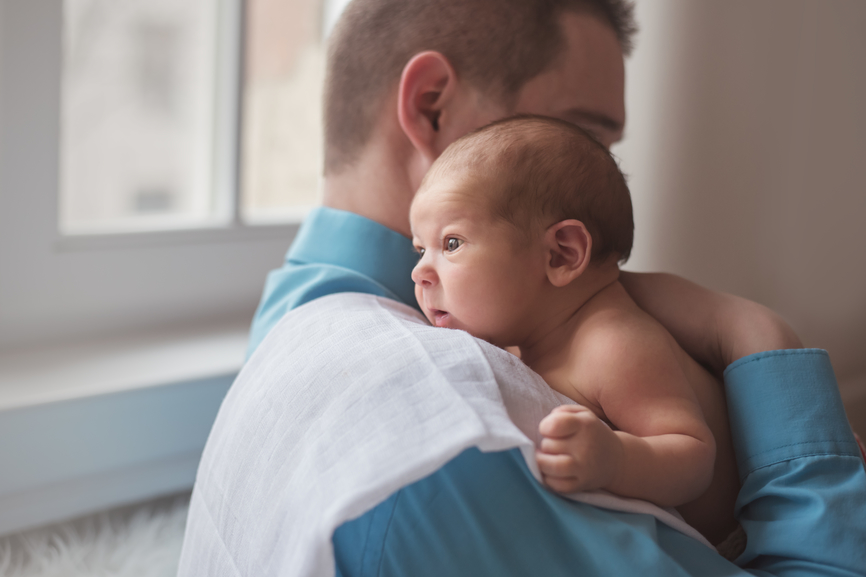
Yanovska Katerina
Oleksandrivna
16 Lutogo 2021
Why do new peoples so often excite
Why don't you see? We look at the reasons, safe and unsafe become, tied up with childish winds, and we know how to fight with them and save their appearance. Consulting physician-pediatrist and child pulmonologist Katerina Oleksandrivna Yanovska.
Yanovska Katerina
Oleksandrivna
12 Lutogo 2021
Soother-pacifier: all for and against
During the rest of the hour, the child more and more often believes and wants to buy a pacifier? Do not hurry with the purchase, you may not need it. Now you need a pacifier-dummy, what can you give to newborns, if it is correct to instill the sound of the stars in a regular way? Let's listen to the word of the mother and the joys of the neonatologist, consultant for breast care Viktor Anatolyivna Nekryach.
Nekryach Victoria
Anatolyivna
09 Lutogo 2021
Mami's diet during breastfeeding Please, doctor-neonatologist, consultant for breast care Viktoriya Anatoliivna Nekryach.

Nekryach Victoria
Anatolyivna
11 Breast 2020
What are shown behind the warehouse sums "1", "2" and "3" on the stock MAMAKO
® PremiumHow great is the difference between formulas, how does the warehouse of children's sums grow and how can you give a small formula, yak do not support it? We will discuss it with a neonatologist, a consultant in breast care, Viktor Anatolyivna Nekryach.
Nekryach Victoria
Anatolyivna
08 Breast 2020
Child whoops, is it okay?
Why does a child often hoot and why is this a reason for anxiety? Symptoms and causes of hiccups, methods of supinitis in newborns and are not known - in an interview with a pediatrician and child pulmonologist Katerina Oleksandrivna Yanovskaya.
Yanovska Katerina
Oleksandrivna
04 Breast 2020
How to treat allergies in other ailments
Dermatitis, mild and food allergies may not have similar symptoms, but still have a serious illness. As a symptom of a food allergy, on such products, reactions are most likely to occur until fate and if the stench passes, we know from the pediatrician and child pulmonologist Katerina Oleksandrivna Yanovskaya.
As a symptom of a food allergy, on such products, reactions are most likely to occur until fate and if the stench passes, we know from the pediatrician and child pulmonologist Katerina Oleksandrivna Yanovskaya.
Yanovska Katerina
Oleksandrivna
01 Breast 2020
How and if you are not fit, if you are sick
Decreased appetite is normal for sick children with more uncomplicated conditions. Let's give you hearty recommendations, which you can drink and don't, if you're sick. Consulting physician-pediatrist and child pulmonologist Katerina Oleksandrivna Yanovska.
Yanovska Katerina
Oleksandrivna
26 Leaf fall 2020
Breastfeeding and stress
Mothers, who are constantly relieving stress, can early give birth to a baby in the form of breasts. Like stress in the chest, vigodovuvannya, sho vіdbuєtsya with milk and like a baby reacts to the anxiety of mothers for an hour, the doctor-neonatologist from Spain, Valeriya Maksimivna Shchelkunova, rose up.
Shchelkunova Valeria
Maksimivna
24 Leaf fall 2020
Yaki problems of the polene, I can be bouti at the rock
Rozbraymo, Yaki are individuals of the problems of the polar in the non-whale, and this is the yark of the bore of the vigodovannia on the grass of the I was in the afternoon intestinal tract. Consulting physician-pediatrist, child pulmonologist Katerina Oleksandrivna Yanovska.
Yanovska Katerina
Oleksandrivna
20 Leaf fall 2020
Features of the immune system of newborns What is involved in this process and what are the critical stages that the immune system is going through in its development before the rock, and also how sumish vibrati, sob to improve the development of the immunity of a child-student, - we talked about this richly more often with our post-expert, lecturer child pulmonologist Katerina Oleksandrivna Yanovskaya.
Yanovska Katerina
Oleksandrivna
17 Leaf fall 2020
How many sums of money need not be paid
Children in different countries give different amounts of sums. Ale є yak minimal, so і maximally admissible bindings. Rozpovіdaєmo, how much madness is due to the child in the skin month of life and how to pay for a one-time and additional year, so that the little ones do not take too much too much or too little too much madness. Zanuryuєmosya in numbers and formulas together with the neonatologist, consultant for breastfeeding Viktor Anatolyivna Nekryach.
Ale є yak minimal, so і maximally admissible bindings. Rozpovіdaєmo, how much madness is due to the child in the skin month of life and how to pay for a one-time and additional year, so that the little ones do not take too much too much or too little too much madness. Zanuryuєmosya in numbers and formulas together with the neonatologist, consultant for breastfeeding Viktor Anatolyivna Nekryach.
Nekryach Victoria
Anatolyivna
13 Leaf fall 2020
The role of prebiotics and probiotics in the development of a child before birth
In the case of neonatal colonization, the intestines of a neonate are colonized by first bacteria. In order to form a core bacterial flora and eliminate problems with the intestinal tract, use probiotics and prebiotics. But not everyone knows their right function, and how the stench is tied up among themselves. Responsible physician-pediatrist, child pulmonologist Katerina Oleksandrivna Yanovska.
Yanovska Katerina
Oleksandrivna
10 Leaf fall 2020
How to help a newly born child after a birthday
How to help a child without discomfort after a birthday with breast milk or crazy? It’s easy to hear the opinions on the food chain - listen to the fahivtsya. The article was written by a doctor-neonatologist, a consultant in breast care, Viktor Anatolyivna Nekryach.
Nekryach Victoria
Anatolyivna
06 Leaf fall 2020
Vibrati for a small child with colic
A small child is nervous, screaming, sleeping badly - it’s possible, if there are colic. In order to understand, how to help children and how to manage to vibrate with colic, it is necessary to understand the nature of this process. About the symptoms of colic, see the madness in the numbness and signs that the body does not take good care of the madness, rozpovida doctor-pediatrist of the highest category and cerebrate of the school of young mothers Tetyana Volodimirivna Shvets.
Sweden Tetyana
Volodymyrivna
03 Leaf fall 2020
What is the reflux in the incapacitated
What is the reflux in the incapacitated - if it is a natural state, but if it is a sign of a serious disorder in the body. What is corny for a child with reflux, like nutrition, help with safety, fathers of guilt, care in the focus of respect and if you turn to the doctor, our permanent expert, doctor-neonatologist and consultant for breast care Viktoriya Anatolyivna Nekryach, will tell you.
Nekryach Victoria
Anatolyivna
30 Zhovtnya 2020
How to understand that a child is crazy not to go to a child
How to understand that a newborn is not to go crazy? Doctors recommend respectfully following the camp of yoga, health and behavior, as well as sorting out the numbers on the packaging of food and do not hurry to introduce or change the sum without looking ahead of the doctor.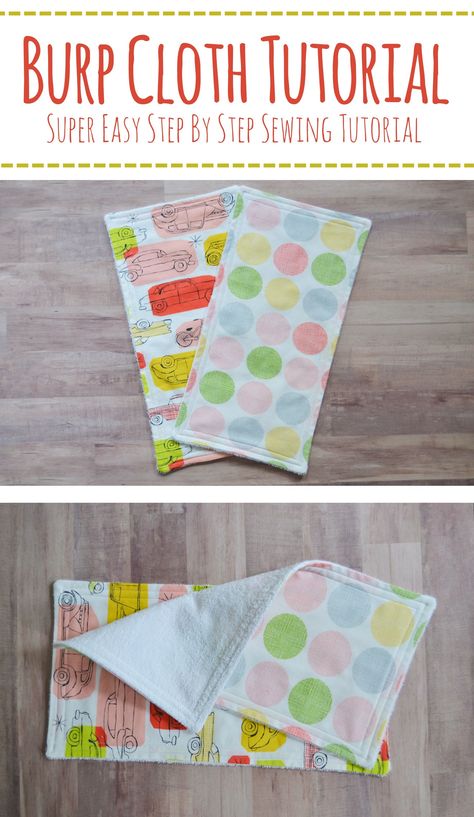 Let's take a look at the moments of the report by the neonatologist, consultant for breastfeeding Viktor Anatoliyivna Nekryach.
Let's take a look at the moments of the report by the neonatologist, consultant for breastfeeding Viktor Anatoliyivna Nekryach.
Nekryach Victoria
Anatolyivna
27 Zhovtnya 2020
In some cases, it is necessary to drink a baby and chim
In the first child, eating a child is mostly made up of breast milk or milk sum. Ale chi enough tsgogo, schob baby vtamuvav spragu? If it is possible to drink a baby and need a supplementary motherland for speky weather, we will tell you the doctor-pediatrist of the highest category and the nurse of the school for young mothers Tetyana Volodimirivna Shvets.
Sweden Tetyana
Volodymyrivna
23 Zhovtnya 2020
How to increase appetite and increase the weight of a child
How does it work, like a child rotten to gain weight on the chest or piece vigodovuvannі and weight її body does not meet the standard? Doctor of Medical Sciences, doctor-pediatrician of the highest category, head of the department of outpatient pediatrics of KhMAPO Olga Anatolyivna Tsodikova shares professional knowledge.
Tsodikova Olga
Anatolyivna
20 Zhovtnya 2020
Fasten after feeding: what to work?
Fixed in the child after the introduction of complementary foods to improve the reaction of the herbal system to new products. It’s necessary to give a child a bite, as if it’s fixed, as if it’s a product of pickling and how to work, so that it’s fixed without turning around, - first food, like a wart, discuss it with a doctor. We were in conversation with the doctor-pediatrist of the highest category and the nurse of the school for young mothers Tetyana Volodimirivna Shvets.
Sweden Tetyana
Volodymyrivna
16 Zhovtnya 2020
How and what to expect, if the teeth are growing
The process of the appearance of the first teeth is closely connected with changes in eating and reduced appetite. Why is it appropriate for a child, if the first teeth appear, so as not to injure the swollen lower teeth, how many days do the process of teething last and help alleviate discomfort? Recommendations are given by the doctor-pediatrist of the highest category and nurse of the school for young mothers Tetyana Volodymyrivna Shvets.
Sweden Tetyana
Volodymyrivna
13 Zhovtnya 2020
What vitamins are necessary for babies in the first life? About the relationship between vitamins and eating small children, the doctor-pediatrist, child pulmonologist Katerina Oleksandrivna Yanovska.
Yanovska Katerina
Oleksandrivna
09 Zhovtnya 2020
Why the child is badly gaining weight
Doctors care: if the norms of damage to the body are damaged, problems with health can be blamed. Why is the child filthy gaining weight and if you need medical care? With these meals, we turned to MD, doctor-pediatrist of the highest category, head of the department of outpatient pediatrics of KhMAPO Olga Anatolyivna Tsodikova.
Tsodikova Olga
Anatolyivna
06 Zhovtnya 2020
How to help the baby when regulating
Support icon ofKeywords for searching
Home ›› How to help a child in sprinkling
Home Home ›!! How to help a child in spitting
↑ Verki special time for mom and her newborn baby. Together with the feeling of closeness and affection that feeding brings, understanding its nuances cannot but raise many questions, including the question of how to help an infant spit up. Regurgitation in a newborn is by no means always the result of a simple pat on his back.
Together with the feeling of closeness and affection that feeding brings, understanding its nuances cannot but raise many questions, including the question of how to help an infant spit up. Regurgitation in a newborn is by no means always the result of a simple pat on his back.
In this article, we'll talk about the basics of helping a newborn spit up, as well as other questions you may have about spitting up.
Why do babies spit up?
Let's get this straight: Why do newborns need to burp in the first place? During feeding, children usually swallow extra air - this is called aerophagy. Spitting up helps prevent this air from entering the intestines, as well as vomiting, gas, and crankiness in the baby. To avoid the return of milk after feeding, you should give the baby the opportunity to burp more often.
How to help a newborn spit up?
During the first six months, the baby should be kept upright in a column for 10-15 minutes after each feed.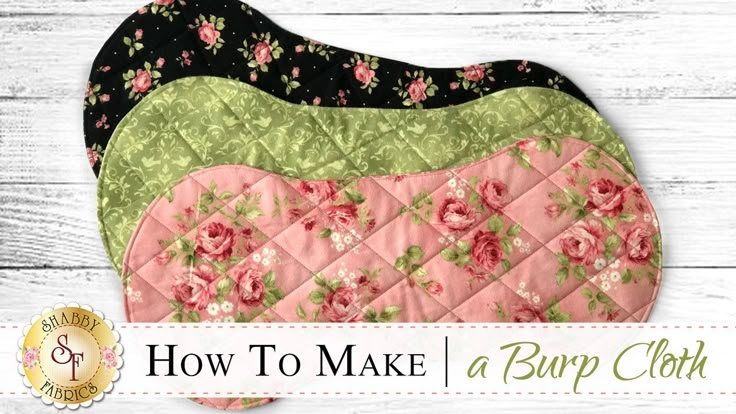 This will help keep the milk in his stomach, but if the baby occasionally burps anyway, parents need not worry. While carrying your baby in an upright position, you can put a baby diaper or wipes on your shoulder to keep your clothes clean.
This will help keep the milk in his stomach, but if the baby occasionally burps anyway, parents need not worry. While carrying your baby in an upright position, you can put a baby diaper or wipes on your shoulder to keep your clothes clean.
We've already seen why spitting up is important, now let's find out how to help your baby spit up. Parents should gently pat the baby on the back with a hand folded in a handful until he burps. Folding your hand into a handful is important because clapping with a flat palm may be too strong for an infant.
Every baby is different and there is no one right position for spitting up. To get started, you can try the following options:
- Sitting position with the baby on the chest. In this position, the parent puts the baby's head with his chin on his shoulder and with one hand supports the baby under the back. With the other hand, you can gently pat the baby on the back. This method is most effective in a rocking chair or when the baby is gently rocking.
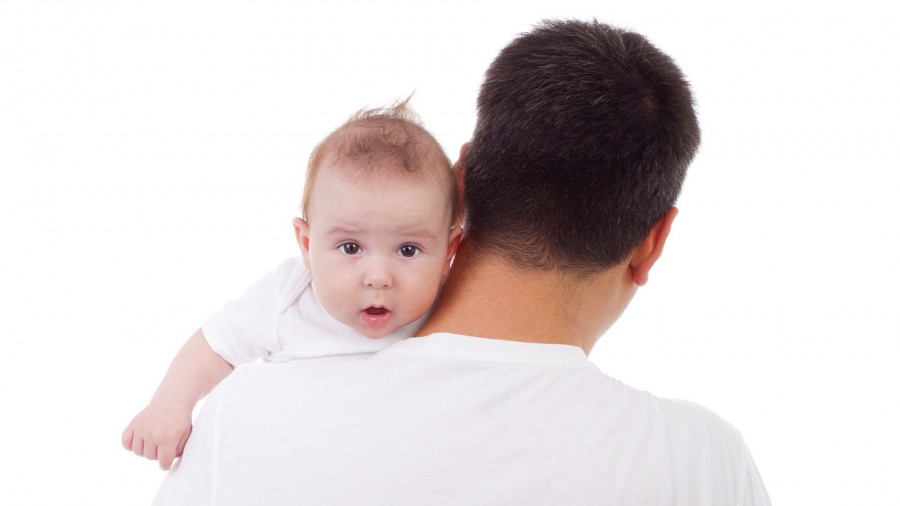
- Holding the child upright on your legs. With one hand, parents can hold the baby by the back and head, supporting his chin and placing his palm on the baby’s chest, with the other hand, you can gently pat him on the back. At the same time, it is important to be careful: do not press the child on the throat, but only gently support his chin.
- Holding a baby on your lap while lying on your tummy. Make sure his head is above his chest and gently pat your baby on the back until he burps.
Here are some tips on how best to help your newborn spit up:
- Let your baby spit up while feeding. If the baby is restless or has swallowed air, it is worth giving him the opportunity to burp during feeding, and not just after.
- When bottle feeding, let the newborn burp after every 50-60 ml.
- When breastfeeding, let the baby burp at every breast change.
It is important to let your baby spit up after eating, even if he spit up during feeding!
If your baby is gassy, spit up more often. Also, if he vomits frequently or suffers from gastroesophageal reflux disease (GERD), have him spit up after every 30 ml bottle-feeding or every five minutes while breastfeeding.
Also, if he vomits frequently or suffers from gastroesophageal reflux disease (GERD), have him spit up after every 30 ml bottle-feeding or every five minutes while breastfeeding.
How long should a baby be held for it to burp? It's different for everyone, but generally keeping a newborn upright for 15 to 20 minutes after a feed helps the milk stay in the baby's stomach.
Minimize the amount of air you swallow. Gas production and regurgitation result from aerophagia during feeding. The baby will inevitably swallow air, but there are ways to prevent it from swallowing too much. Whether you bottle feed your baby or combine breastfeeding with bottle feeding, the Philips Avent anti-colic bottle with AirFree valve is designed so that the nipple is always filled with milk without excess air, even in a horizontal position, thus preventing the baby from swallowing excess air during feeding.
Reducing the amount of air your baby swallows can help reduce your baby's risk of colic, gas, and spitting up.